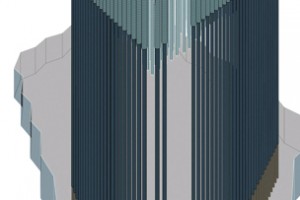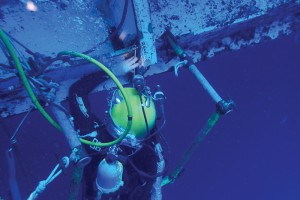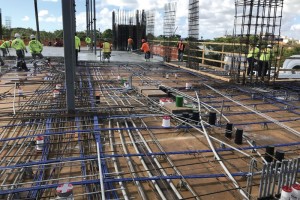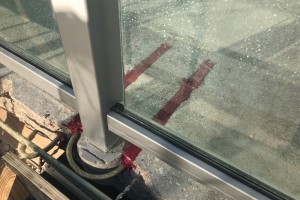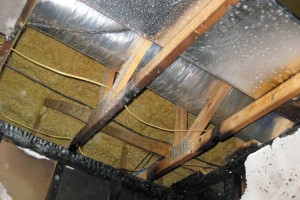Located at 301 Mission Street, the 650-foot-tall Millennium Tower was designed to be San Francisco’s premier residential address. The project geotechnical report predicted 4 to 6 inches of settlement over the project’s life; however, as construction neared completion in 2009, the settlement had already reached 10 inches. As development occurred on adjacent parcels, accompanied by continuous dewatering of the surrounding soils, settlement continued. By 2014, instrumentation installed to monitor the effect of adjacent construction recorded that the mat had dished, settled nearly 14 inches and that the roof had tilted to the northwest a similar amount. As the City of San Francisco threatened to red tag the building, counsel for the developer, Mission Street Development (MSD), retained Simpson Gumpertz & Heger (SGH) to determine if the settlement had damaged the structure and created a safety issue. Although SGH found that settlement had not appreciably affected the structure’s adequacy, in 2015, with settlement exceeding 16 inches, litigation ensued between the homeowners’ association, MSD, the City of San Francisco, and the development teams for adjacent projects. Under the terms of a negotiated settlement, SGH designed a foundation stabilization upgrade that formed the basis for dispute resolution and is currently under construction. This article focuses on the structural aspects of the problem and the upgrade.
…Review Category : Structural Repair
Due to damage or deterioration, structures, infrastructures, and even vehicles may require in-situ repairs and modifications. This is true for structures that are on land but also for those underwater. Piers in ports deteriorate or get damaged by impact or operations over time, and ships and vessels require maintenance and repairs below the waterline.
…The South Florida Grease Cap Debate
High-rise residential concrete construction in South Florida typically consists of unbonded post-tensioned concrete slab construction. A key component to the durability of these slabs is the finishing of the stressing pockets for the post-tensioned tendons, which has proven to be problematic for contractors, especially in South Florida. Tendon finishing consists of cutting/greasing cable ends and capping and filling the pockets with grout. …
Evaluation and Repair of Fire Damaged
The use of Metal Plate Connected (MPC) wood roof trusses is a common structural framing system used in residential and light commercial structures. Low initial cost of fabrication, ease of installation, and ability to accommodate varying profiles are some of the advantages of this type of roof framing system. However, when these trusses are damaged by fire, evaluation and repair of the trusses can be challenging. This article presents methods for evaluation and repair of fire-damaged MPC wood roof trusses and discusses the factors that go into the decision whether to remove and replace or repair-in-place, as illustrated by several real-life case studies. …

